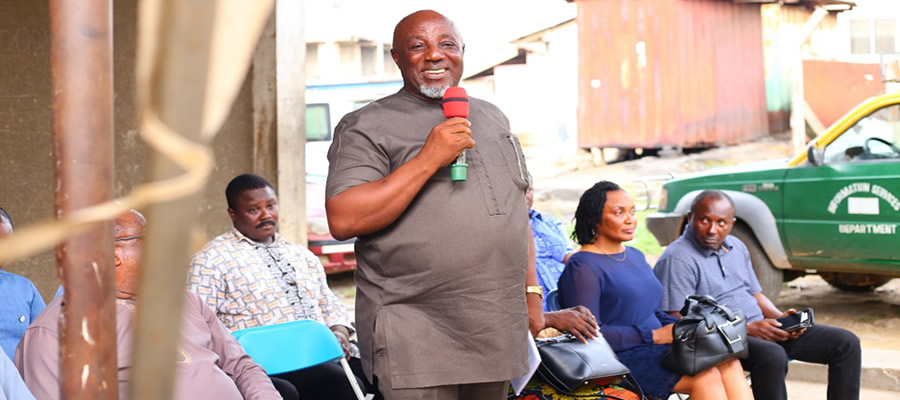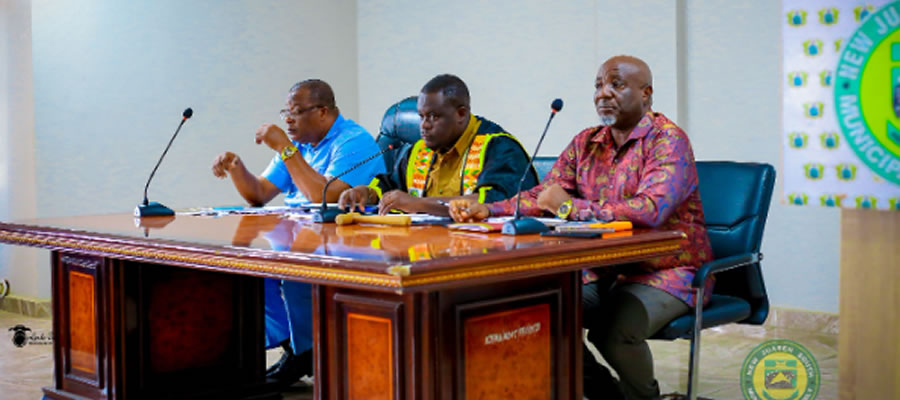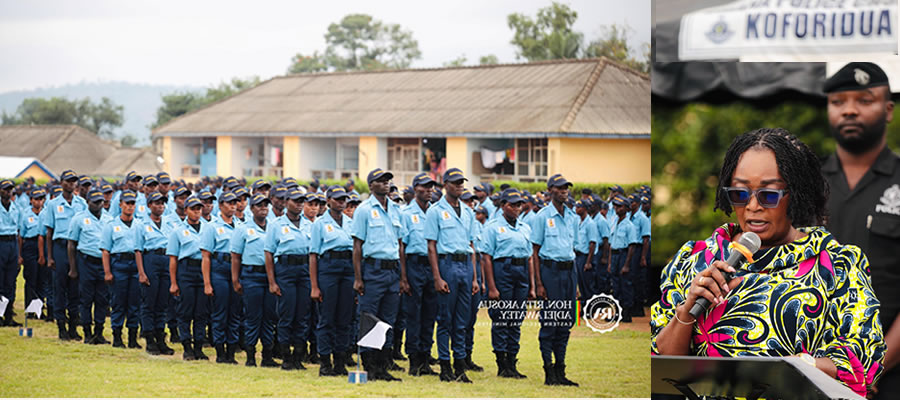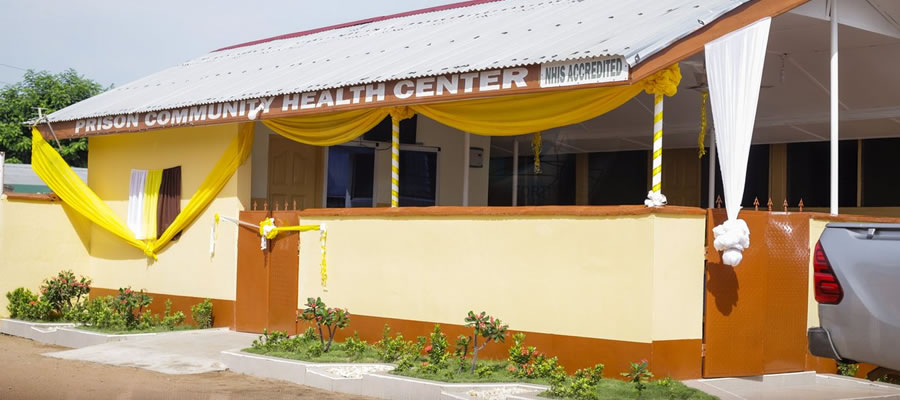

Introduction
Nations worldwide have recognized developmental opportunities in the challenges of the emerging information age characterized by information and communication technologies (ICT). These technologies are driving national development efforts worldwide and a number of countries in both the developed and developing world are exploring ways of facilitating their development process through the development, deployment and the exploitation of ICTs within their economies and societies.
The Ghana ICT for accelerated development policies (ICT4AD) policy represents the vision for Ghana in the information age. This policy fully takes into account the aspiration and the provisions of key socio-economic development framework documents. It also sets up the road map for the development of Ghana’s Information Society and economy and provides a basis for facilitating the socio-economic development of the country in the emerging information, knowledge and technological age to be dominated by information and knowledge based economies.
The emergence of information age has brought to the fore the important role that information, knowledge and technology can play in facilitating socio economic development. The effective use of information and knowledge is becoming the most critical factor for rapid economic growth and wealth creation, and for improving socio-economic well-being. (www. ict.gov.gh Ghana ICT for Accelerated Development Policy, 2003)
During the 2010 PHC, ownership and usage of information communication technology facilities and services are assessed by collecting data on both individuals/persons aged 12 years and older and households. Persons using internet facility refers to those who have access to internet facility at home, internet café, and mobile phone or by other mobile device. Internet access is assumed to be not only via computer but also by mobile phone, game machine and digital televisions.
Ownership of Mobile Phones and use of Internet
There has been a tremendous growth in mobile phone ownership and use globally. Statistics from the international communication union tend to suggest that mobile phone subscribers currently constitute 60% of the world population. The report also suggests that there are now more mobile phone users in the developing world than developed world. In countries like Ghana, it is estimated that there are 50 mobile phone subscriptions per 100 inhabitants. (Richard Boateng published in IFIP 9.4 Newsletter, Vol. 20, no.1, February 2010)
Ghana was amongst the first countries in Africa to achieve connections to the internet. The rapid growth in this sector is set to continue. The use of internet has become prevalent in transacting businesses globally across the world these days and has created interest for that experience in Ghana. Many business ventures are set up solely for the provision of internet services. Ghana’s internet users represent 14.1 percent of its total population. (Sonny Yenibey Namouz, 2013). It is against this background that the 2010 PHC included questions on the population having access to internet facilities and usage.
More than two thirds of the population aged 12 years and older reported as owning mobile phones. The percentage of persons with mobile phones is higher for the male population than females. Close to one fifth of the population in the Municipality reported as using the internet with more males using internet than females.
Mobile Phone ownership and Age
From Table 5.2 there are over two thirds (68.6%) of the population 12years and older with mobile phones in the Municipality. Those between the ages of 12 and 19 and arguably with the least spending power and are less likely to say they have mobile phones than the older adults. On the average, 27 percent of persons aged 12- 19 years have mobile phones but the percentage increases to 82 percent among those aged 20-24 and remains higher than 80 percent for those between the ages of 25 and 49.
On the average, high mobile phone ownership exists among age groups 20-64. About 86 percent of the total population within the age group 25-29 owned mobile phones. The same can be said for age groups 30-49 which has an average of 83.4 percent of the population in the age group owning mobile phones. Ownership is however low among the aged (75 and above). For instance, 52.1 percent of the population for age group 75-79 is without mobile phones. The trend increases where about 63 percent of the population for age group 80-84 are also without mobile phones. On the average, there is a lesser mobile phone subscription amongst the older age 60 and above since 61 percent are without mobile phones.
Household ownership of Desktop or Laptop computer
At the household level, ownership of desktop/laptop was examined to find out the number of household members in the Municipality who own desktop or laptop computer. The data revealed that out of the total households of 49,474, about 15 percent (15.3%) own or have desktop/laptop computers. This consisted of 72.1 percent of male headed households and 27.9 percent of female headed households (Table 5.3).
Date Created : 11/26/2017 4:00:48 PM













 facebook
facebook
 twitter
twitter
 Youtube
Youtube
 +233 593 831 280
+233 593 831 280 0800 430 430
0800 430 430 GPS: GE-231-4383
GPS: GE-231-4383 info@ghanadistricts.com
info@ghanadistricts.com Box GP1044, Accra, Ghana
Box GP1044, Accra, Ghana